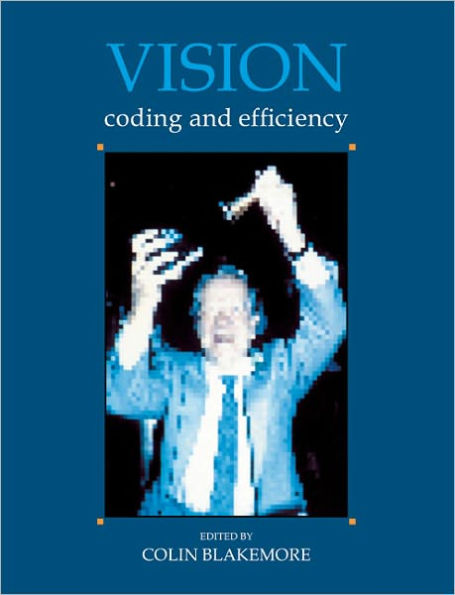5
1
9780521447690


Vision: Coding and Efficiency / Edition 1 available in Paperback

Vision: Coding and Efficiency / Edition 1
- ISBN-10:
- 0521447690
- ISBN-13:
- 9780521447690
- Pub. Date:
- 05/13/1993
- Publisher:
- Cambridge University Press
- ISBN-10:
- 0521447690
- ISBN-13:
- 9780521447690
- Pub. Date:
- 05/13/1993
- Publisher:
- Cambridge University Press
71.99
In Stock

Product Details
| ISBN-13: | 9780521447690 |
|---|---|
| Publisher: | Cambridge University Press |
| Publication date: | 05/13/1993 |
| Series: | Coding and Efficiency |
| Edition description: | Reprint |
| Pages: | 468 |
| Product dimensions: | 7.40(w) x 9.72(h) x 0.91(d) |
About the Author
From the B&N Reads Blog
